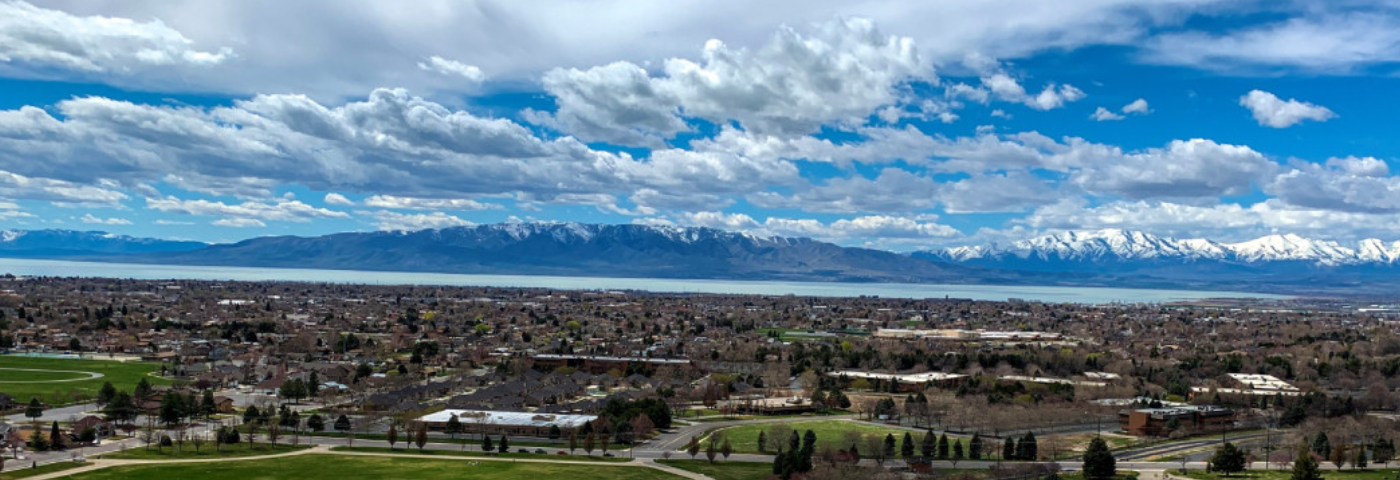Property Tax

When the massive Central Utah Project (“CUP”) was being considered, everyone knew what a great benefit it would be for the State of Utah. Utah was an arid state whose water resources came mostly in the form of snow in the high Uinta Mountains, hundreds of miles away from the Wasatch Front, where most of the population lived. The CUP was designed to bring water from the Uinta Mountains to the population along the Wasatch Front through over a hundred miles of pipelines, reservoirs, and aqueducts. The state desperately needed the water but did not have the financial resources to build the project.
The Federal government, through the Bureau of Reclamation, was willing to build the massive project that would deliver water to the Wasatch Front but required that their investment be repaid. The project would eventually cost billions of dollars and was far beyond the state's immediate ability to pay.
The answer to the problem was the property tax. The property tax had been used throughout the country to spread the cost of development across the residential population and the commercial and business community. It provided a source of revenue that the District could use to repay the loans to the federal government; it is stable and predictable. The existing residents of the District could never pay for the entire project, nor would they ever be able to use it. The cost was too great and construction time was too long for that generation to be able to build the project. Unlike many other types of infrastructure, water projects take decades to build. The property tax allowed the cost of the project to be spread over the many generations who will use it, creating the generational equity needed to finance the project.